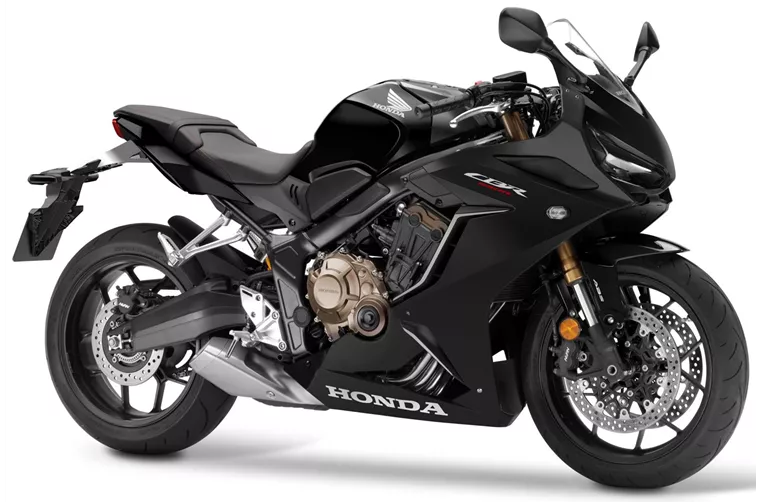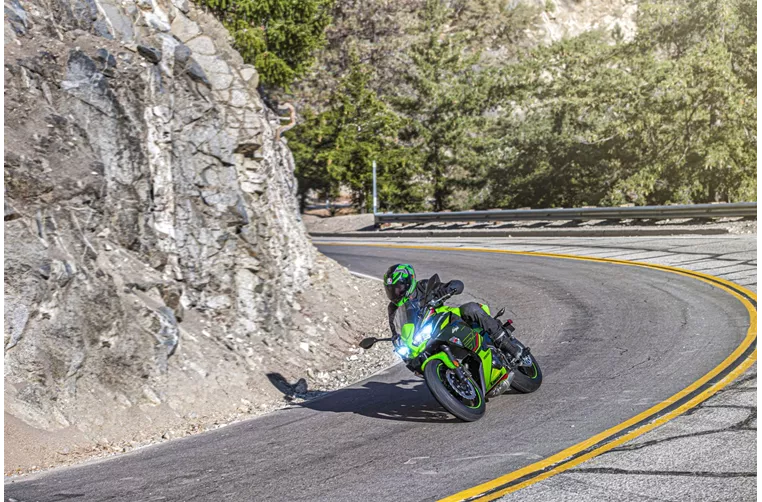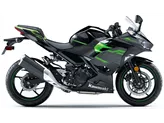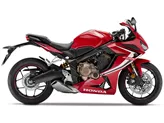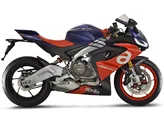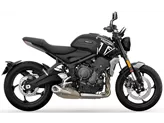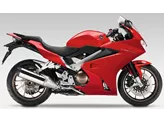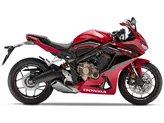Honda CBR650R 2021 vs. Kawasaki Ninja 650 2023
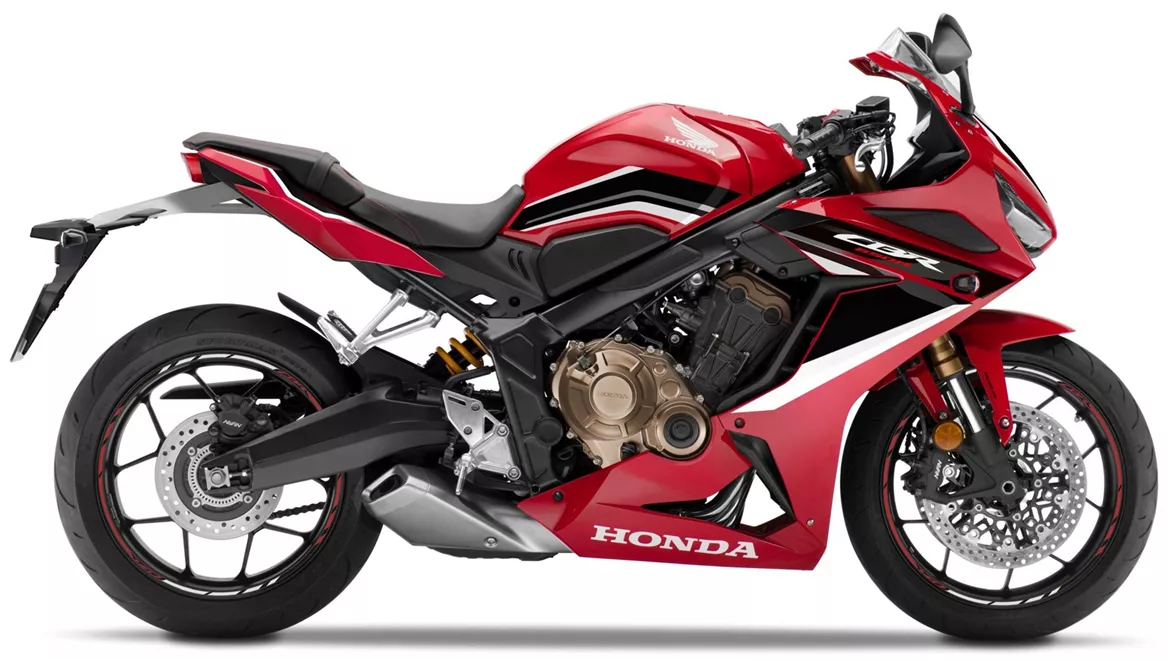
Honda CBR650R 2021
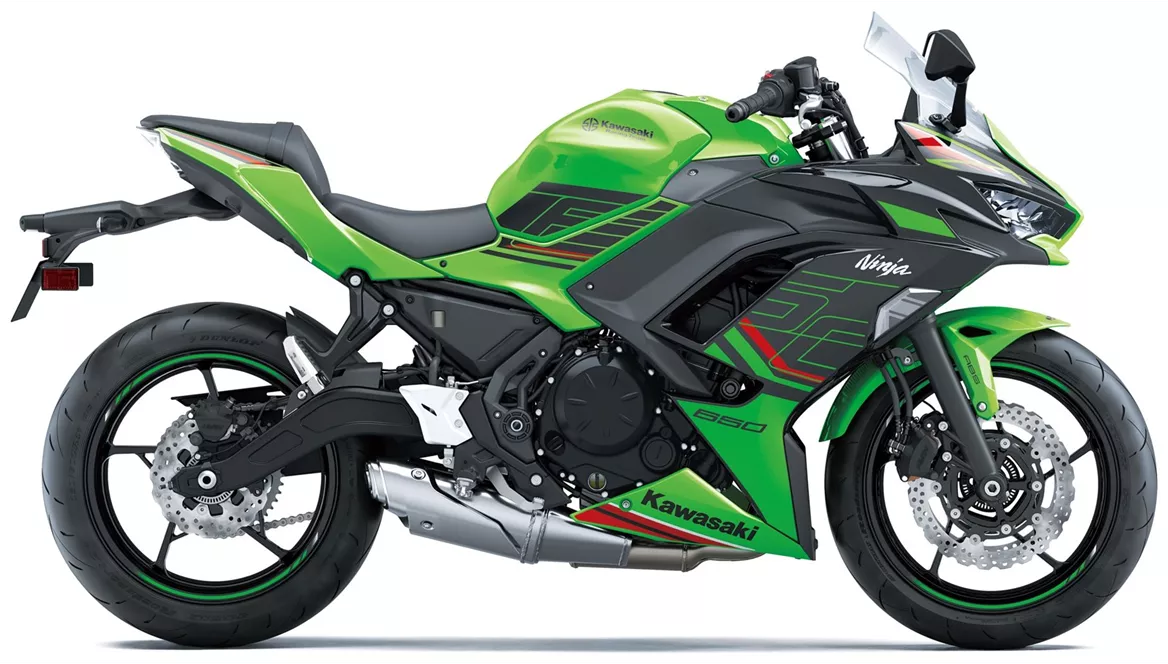
Kawasaki Ninja 650 2023
Overview - Honda CBR650R 2021 vs Kawasaki Ninja 650 2023
The Honda CBR650R 2021 and the Kawasaki Ninja 650 2023 are both supersport motorcycles that offer impressive performance and features. However, there are some notable differences between the two models.
Starting with the engine and drivetrain, both motorcycles have an inline engine type and a displacement of 649cc. The Honda CBR650R 2021 has a four-cylinder engine with a power output of 95 HP and a torque of 63 Nm. On the other hand, the Kawasaki Ninja 650 2023 has a two-cylinder engine with a power output of 68.2 HP and a torque of 65.7 Nm. The Honda CBR650R 2021 has a higher power output, making it more powerful than the Kawasaki Ninja 650 2023.
In terms of suspension, both motorcycles have a swing arm rear suspension with a monoshock absorber and preload adjustment. However, the Honda CBR650R 2021 has an upside-down telescopic fork front suspension with a diameter of 41 mm, while the Kawasaki Ninja 650 2023 has a telescopic fork front suspension with the same diameter. The upside-down telescopic fork on the Honda CBR650R 2021 may provide better stability and handling compared to the telescopic fork on the Kawasaki Ninja 650 2023.
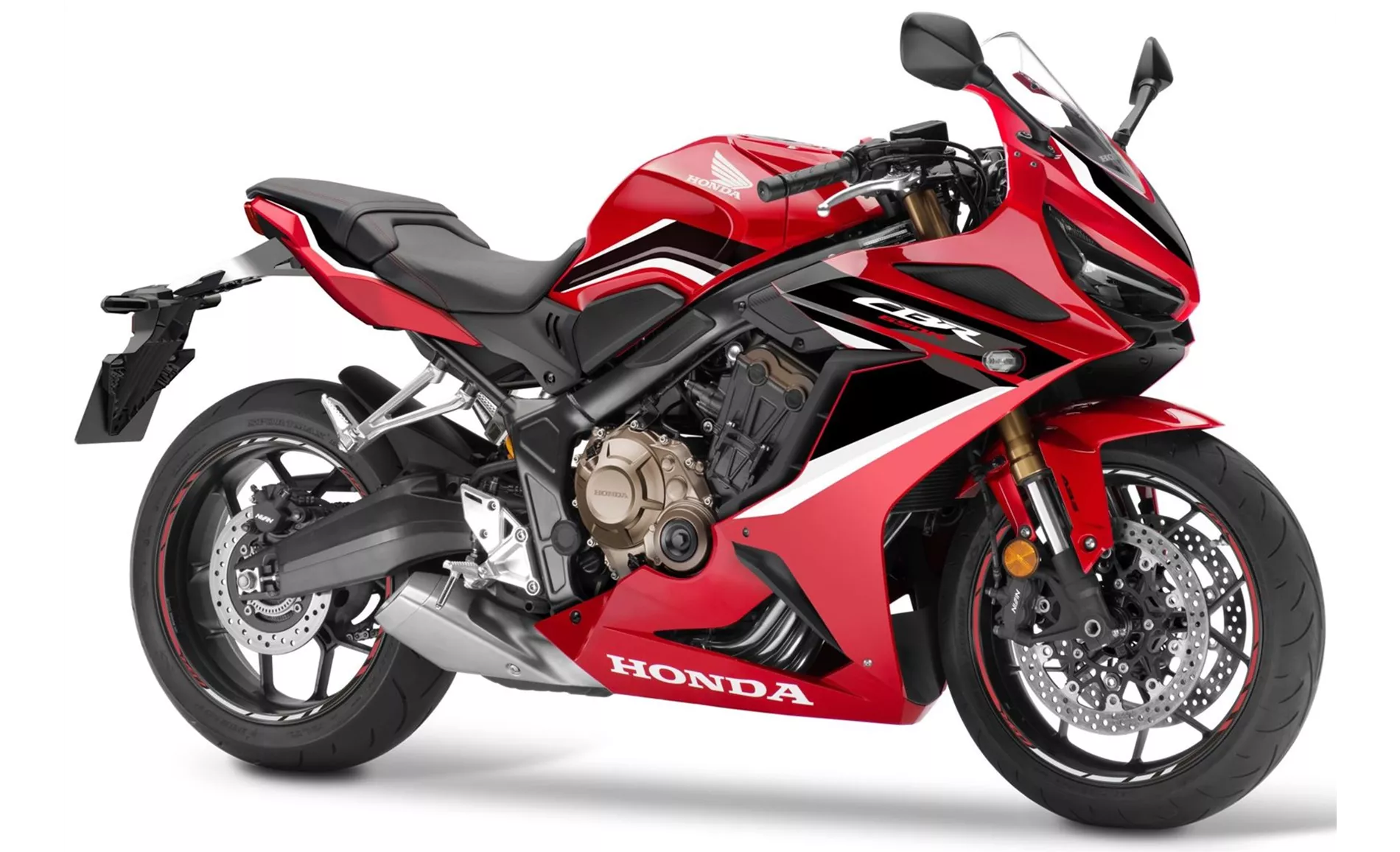
Honda CBR650R 2021
When it comes to the chassis, both motorcycles have a steel frame. However, the Honda CBR650R 2021 has a twin-tube frame type, while the Kawasaki Ninja 650 2023 has a tubular frame type. The twin-tube frame on the Honda CBR650R 2021 may offer better rigidity and stability compared to the tubular frame on the Kawasaki Ninja 650 2023.
In terms of brakes, both motorcycles have double disk front brakes. However, the Honda CBR650R 2021 has a larger diameter of 310 mm and uses radial technology, while the Kawasaki Ninja 650 2023 has a smaller diameter of 300 mm and uses petal technology. The larger diameter and radial technology on the Honda CBR650R 2021 may provide better braking performance and heat dissipation compared to the Kawasaki Ninja 650 2023.
Both motorcycles come with advanced rider assistance systems such as ABS. However, the Kawasaki Ninja 650 2023 also includes traction control, providing an additional safety feature.
In terms of dimensions and weights, the Honda CBR650R 2021 has a front tire width of 120 mm and a rear tire width of 180 mm, while the Kawasaki Ninja 650 2023 has a front tire width of 120 mm and a rear tire width of 160 mm. The Honda CBR650R 2021 has a wheelbase of 1450 mm and a seat height of 810 mm, while the Kawasaki Ninja 650 2023 has a slightly shorter wheelbase of 1410 mm and a lower seat height of 790 mm. The Honda CBR650R 2021 also has a higher kerb weight of 208 kg compared to the Kawasaki Ninja 650 2023, which weighs 193 kg. Both motorcycles have a fuel tank capacity of around 15 liters.
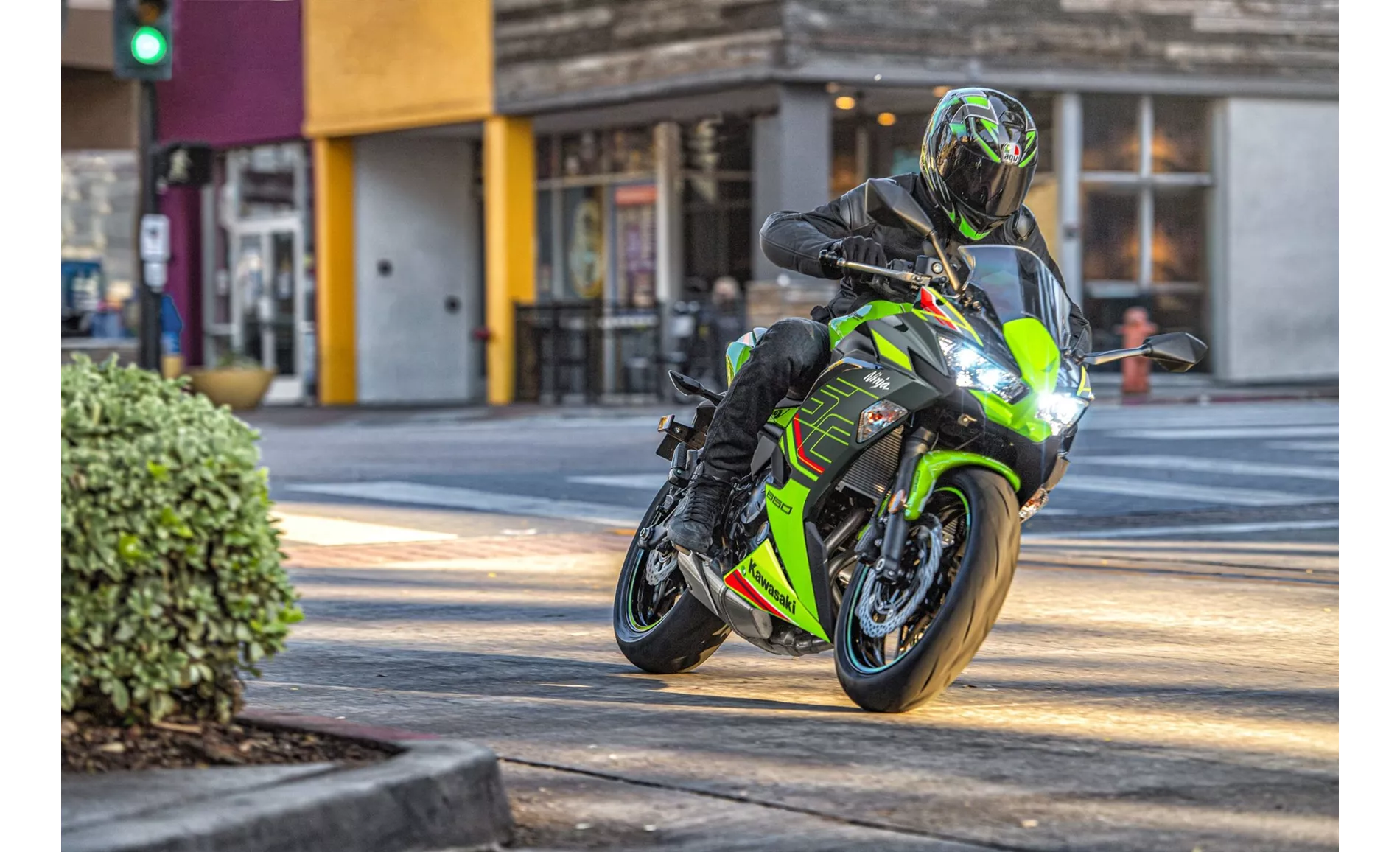
Kawasaki Ninja 650 2023
In terms of strengths, the Honda CBR650R 2021 offers a resilient four-cylinder engine, a comfortable seating position, an improved chassis for 2021, a cool look, and ease of operation. On the other hand, the Kawasaki Ninja 650 2023 is suitable for touring, offers a comfortable ride, a safety package, accessibility, ergonomically versatility, and a typical Ninja look.
However, the Honda CBR650R 2021 has some weaknesses, including sluggish engine performance below 8,000 revolutions and an outdated-looking LCD display. The Kawasaki Ninja 650 2023 has average chassis and brakes, and the adjustment of the rear shock absorber can be laborious.
Overall, both the Honda CBR650R 2021 and the Kawasaki Ninja 650 2023 are capable supersport motorcycles with their own strengths and weaknesses. Choosing between the two would depend on the rider's preferences and priorities, such as power, handling, comfort, and safety features.
Technical Specifications Honda CBR650R 2021 compared to Kawasaki Ninja 650 2023
Pros and Cons in comparison
Pros and Cons in comparison
Honda CBR650R 2021
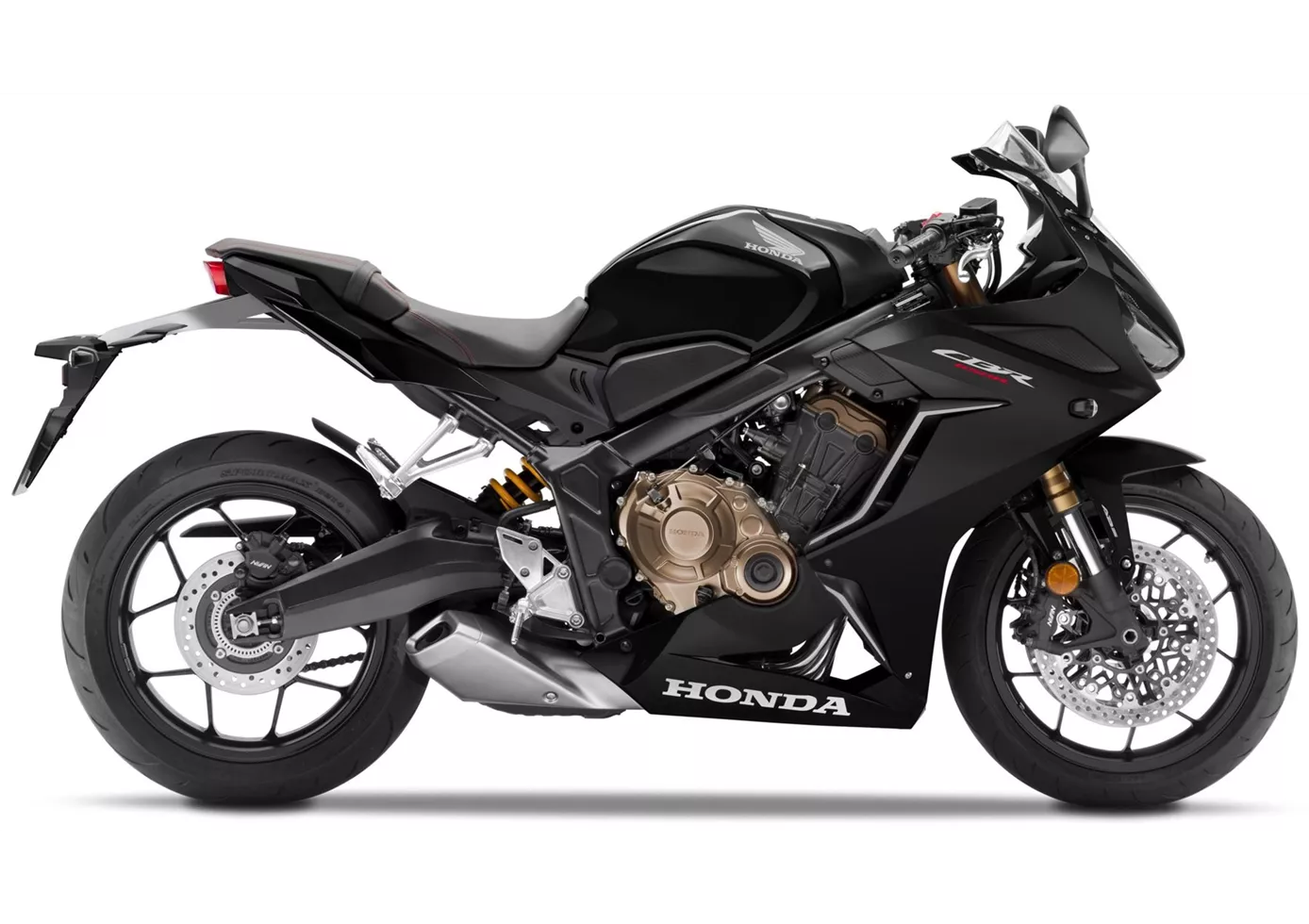
The 2021 update of the Honda CBR650R solves the biggest problem of the previous year's model: the overly comfortable chassis. The new Showa fork gives the sports bike a much sportier response, which is immediately noticeable on winding country roads. However, one should not expect a thoroughbred super sports bike, but a road sports bike suitable for everyday use, on which one can experience a lot of pleasure in the saddle both on the way to work and on a weekend ride.
Kawasaki Ninja 650 2023
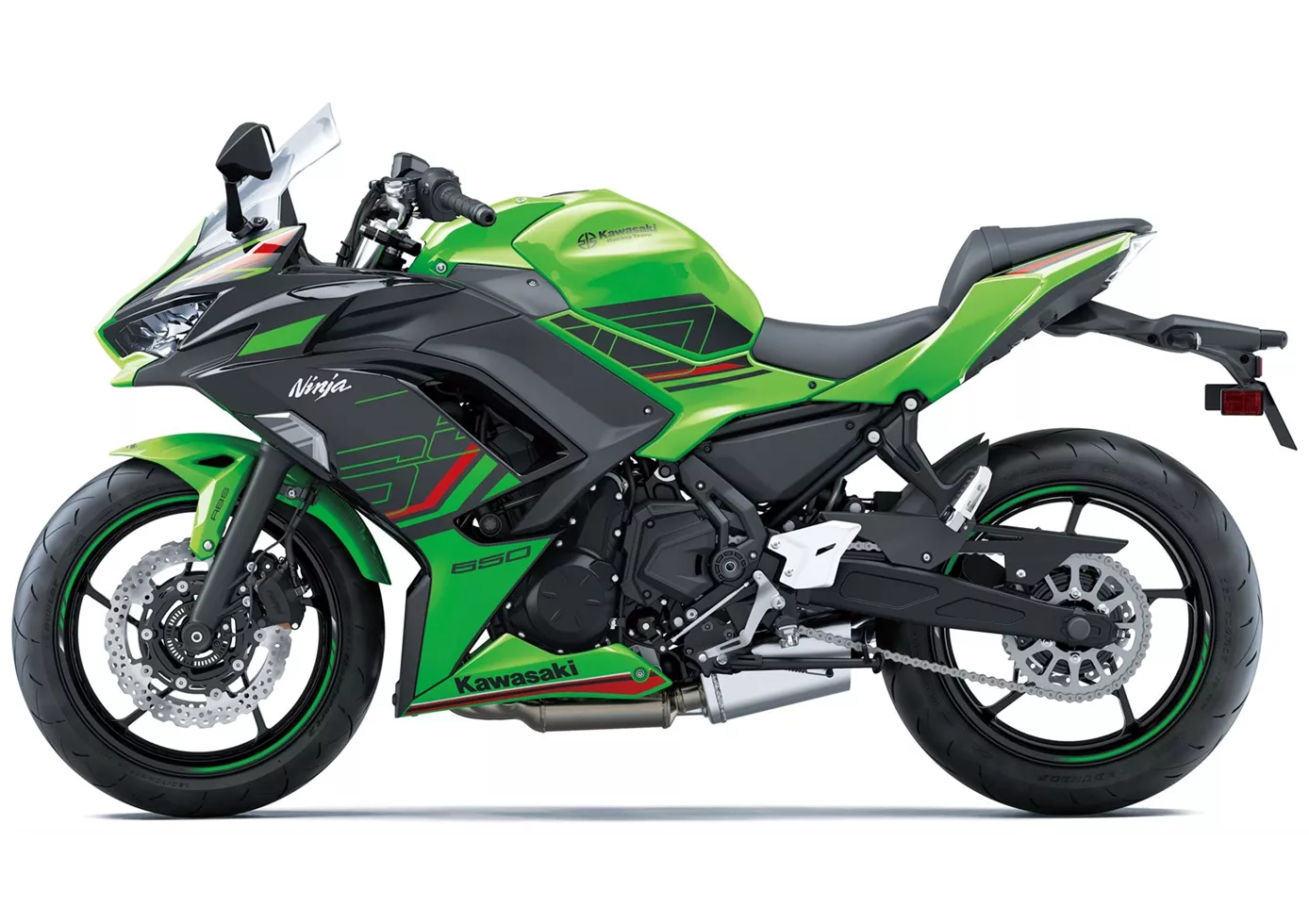
To judge the Kawasaki Ninja 650 purely on its paper form would be a serious mistake. The two-day test showed once again that performance data carries more weight at the pub table than in the wild. Kawa's sports tourer does exactly what it is supposed to and, thanks to the constant revision and the new features added for 2023, is still an enrichment for the class. Only hobby racers should be warned, as the name Ninja still stirs up a certain expectation that the 650 does not fully meet.
Price Comparison Avarage Market Price Honda CBR650R vs Kawasaki Ninja 650
There are a few key differences between a Honda CBR650R 2021 and a Kawasaki Ninja 650 2023. It takes less time to sell a Honda CBR650R with 81 days compared to 137 days for a Kawasaki Ninja 650. Since model year 2019 1000PS.de editors have written 14 reviews for the Honda CBR650R and 20 reviews for the Kawasaki Ninja 650 since model year 2017. The first review for the Honda CBR650R was published on 10/8/2018 and now has more than 53,700 views. This compares to more than 79,600 views for the first review on Kawasaki Ninja 650 published on 10/4/2016.
